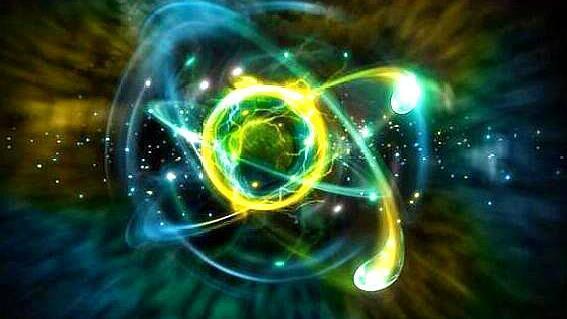Fire was first used by humans more than a million years ago, and since then the energy released by fire has been an important source of energy for mankind. It is only in the last 100 years or so that we have discovered a much more powerful source of energy than fire - nuclear energy - and to this day we have mastered the technology of controlled nuclear fission.
This technology involves 'breaking apart' heavy atomic nuclei, which, when 'broken apart', releases energy through loss of mass, which we then use to generate electricity. Since the nucleus that is most easily 'broken' in nature is that of u-235, it is logical that u-235 is the most used nuclear fuel.
How much energy is released when 1 kilogram of u-235 is fissioned?
The nucleus of u-235 is so small (on the order of 10^-14 metres) that it is impossible to actually 'break' it open, so man has resorted to the ingenious method of using high speed neutrons to bombard the nucleus, thus causing it to fission.
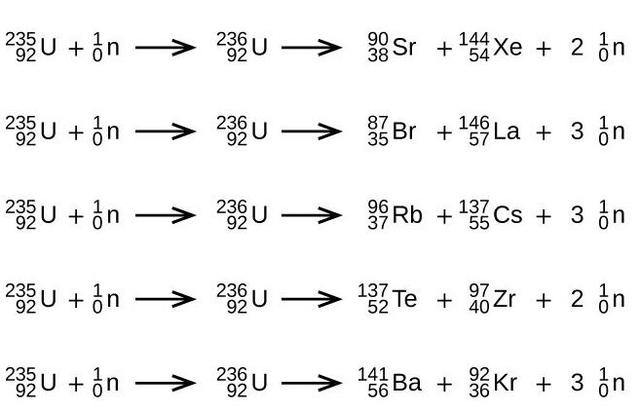
The diagram above shows the five types of fission of u-235, each of which releases about the same amount of energy, with an average of about 200 mev. 1 mev corresponds to 1.6 x 10^-13 joules of energy, which means that each nucleus of u-235 will release 3.2 x 10^-11 joules of energy after fission.
It is known that 1 mole of u-235 contains 6.02 x 10^23 atoms and its mass is 235 grams, from which it follows that 1 gram of u-235 contains about 2.56 x 10^21 atoms, so 1 kilogram of u-235 would contain 2.56 x 10^24 atoms, and multiplying this figure with the energy released after fission of the nucleus of a single 235, we can conclude that 1 kilogram of u-235 would release 8.2 x 10^13 joules of energy upon fission.
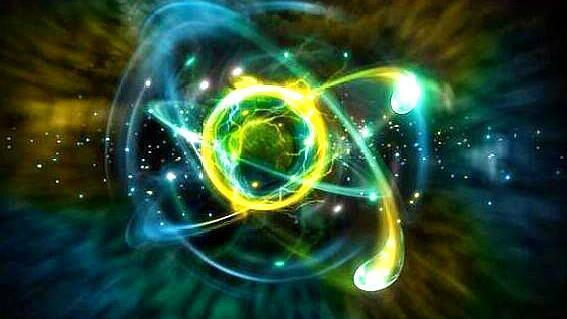
What is this concept? Let's say that 1 kilogram of standard coal has a calorific value of 29,307 kj, and using this as a reference point, the energy released from fissioning 1 kilogram of u-235 is comparable to the energy released from burning 2,798 tonnes of standard coal, which shows how powerful nuclear energy is, and it is no wonder that mankind is so "Attracted" To it.
So how long will there be enough uranium on the planet to last us?

According to the data i have collected, the amount of uranium in the world is about 7 million tons, of which 0.7% is u-235. If we calculate the average amount of uranium used by human beings, there is only enough u-235 in these mines to support human beings for about 80 years.
This is obviously not enough, so mankind has taken a chance on u-238 (which accounts for 99.3% of the total) and has come up with the "Fast neutron breeder reactor" Technology, which simply means that a neutron is punched into the nucleus of u-238, which then turns into plutonium-239, which is susceptible to nuclear fission. This can then be used for subsequent nuclear power generation.
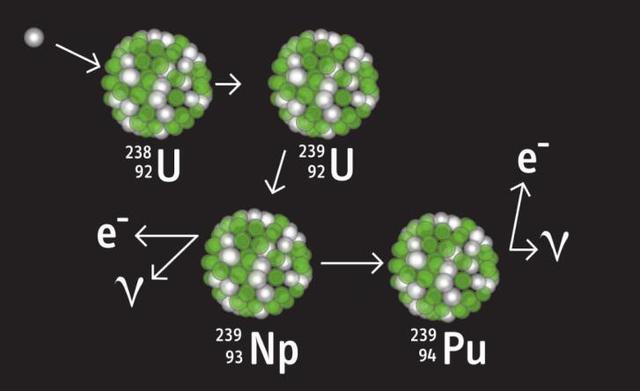
According to scientists' estimates, the use of uranium could be increased by a factor of 50 when the "Fast breeder reactor" Technology matures, so we can optimistically estimate that there is enough proven uranium on earth to last for about 4,000 years, but of course, if we add the unproven uranium, this time should be longer.
The above is only the situation on the earth's land, but in fact the uranium reserves in the earth's oceans are even more significant, with measurements showing that on average each litre of seawater contains 3.3 micrograms of uranium (mainly in the form of uranyl tricarbonate complex ions), which amounts to a total of 4.29 billion tonnes.

It is conceivable that if mankind were to master the extraction of uranium from seawater in large quantities in the future, there would be enough uranium on earth to last for tens of thousands, if not hundreds of thousands, of years.
However, this is only based on the current use of nuclear energy, as human civilisation develops, the amount of energy used by mankind in the future will increase significantly. If we want to enter the first level of civilisation, we must increase our power by 500 times, and if we want to reach the second level of civilisation, we must increase it by a factor of 10 billion.
So from the point of view of the development of human civilisation, the uranium on earth is far from enough, and it is for this reason that we are looking forward to a higher order of nuclear energy - controlled nuclear fusion.
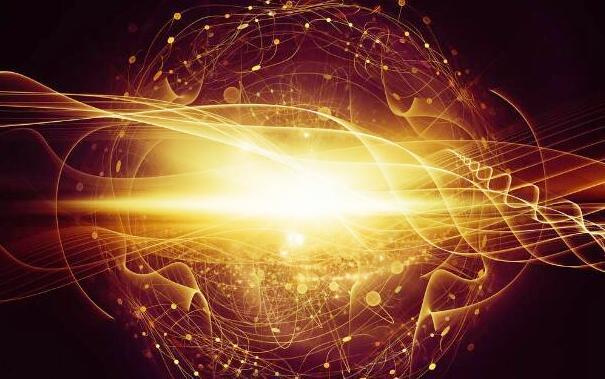
Compared to nuclear fission, nuclear fusion has an increased mass-to-energy conversion rate of about 518.5%. Moreover, the fuel required for nuclear fusion is hydrogen, which is the most abundant element in the universe, occupying 73.9% of the mass of the universe (the mass here refers to ordinary matter alone, excluding dark energy and dark matter), and for human beings, the element hydrogen can be almost inexhaustible.
In fact, research into this area is ongoing, and although at present we can only use deuterium and tritium (isotopes of hydrogen) to achieve controlled fusion for a short period of time, it is expected that in the not too distant future, mankind will eventually master this technology, and on that day, the development of human civilisation will take an unprecedented leap forward.


